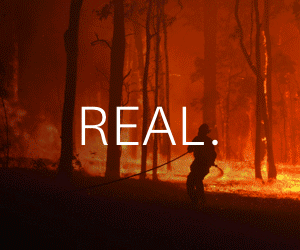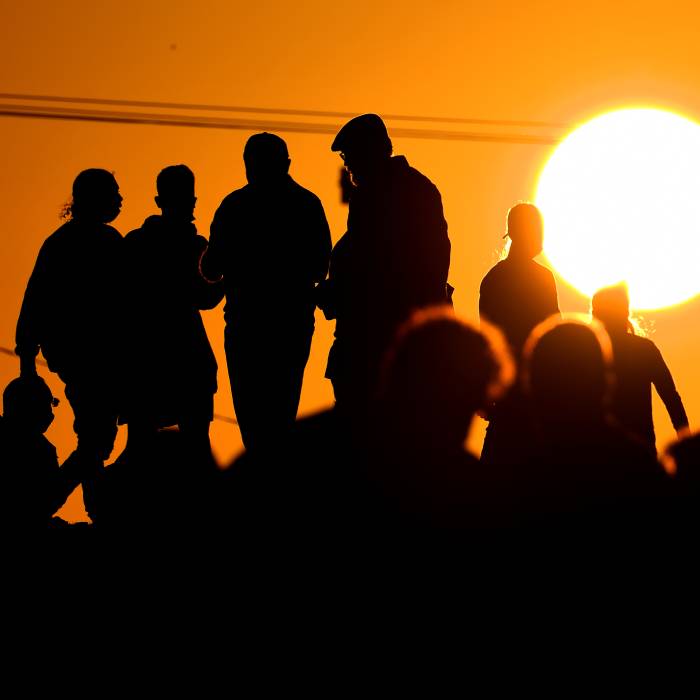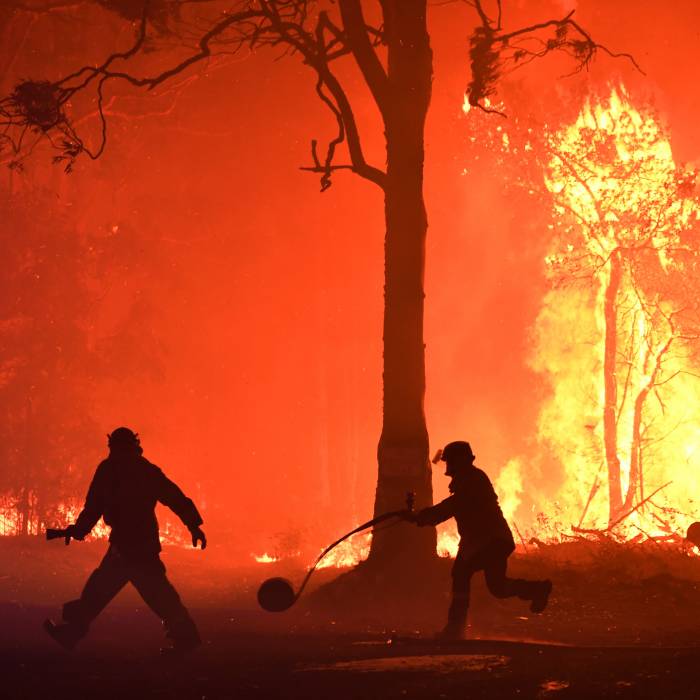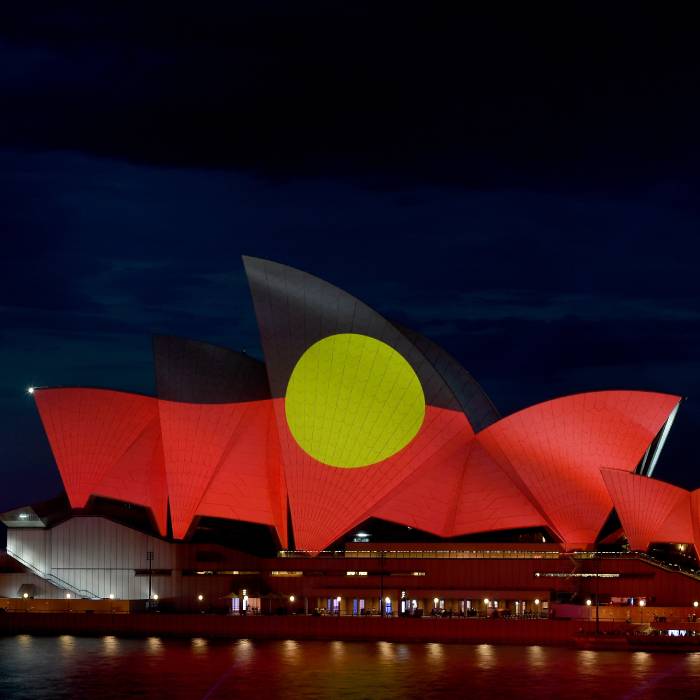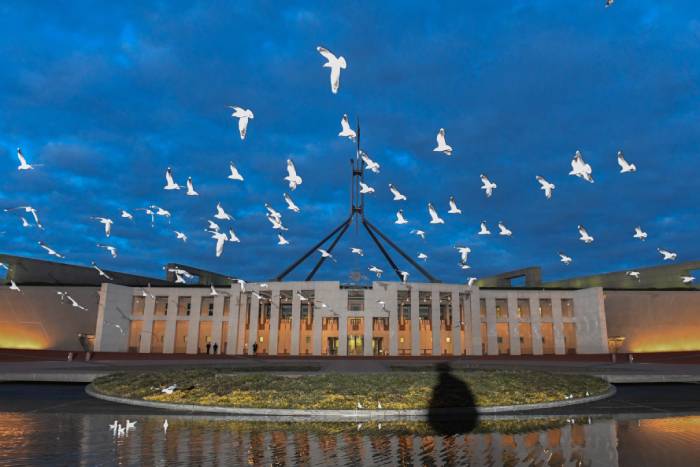Holidaymakers and locals in a popular Victorian coastal region have been told it’s too late to leave as a nearby bushfire burns out of control.
Fire authorities warned those in Cape Otway and southern parts of Hordern Vale, both near the state’s famed Great Ocean Road, to shelter indoors as a blaze moves west from Blanket Bay Road to Lighthouse Road.
A VicEmergency warning issued just before 7am on Wednesday told those left in the impacted area it was “too late to leave”.
“You are in danger and need to act immediately to survive,” the post said.
Campers in the region have reportedly been evacuated as a separate watch and act alert has been issued for Hordern Vale and Glenaire.
Apollo Bay Community Hall, east of the blaze, has been set up as an evacuation centre.
The fresh fires come as tourism operators and farmers plead for more support to get back on their feet following another Victorian bushfire that destroyed homes and killed hundreds of animals.
The Grampians National Park blaze was declared contained on Monday after burning for three weeks, scorching 76,000 hectares of land and bringing holiday tourism in the western Victorian region to a standstill.
The park remains closed but residents can return to their properties.
Many businesses in surrounding towns were not ready to reopen straight away, Grampians Tourism chief executive Marc Sleeman said.
“A lot of the supplies they had for that busy period would have been used up or thrown out,” he told AAP.
“Now begins the task of rebuilding without the cash that they would have had from that Christmas period.”
Mr Sleeman estimates the fire cost the local economy more than $1.9 million.
He said the road to recovery would be long and tough, declaring the visitor experience would be diminished if operators were unable to get back on their feet.
“We’re certainly going to need the support of state government with some reopening, recovery marketing dollars,” Mr Sleeman said.
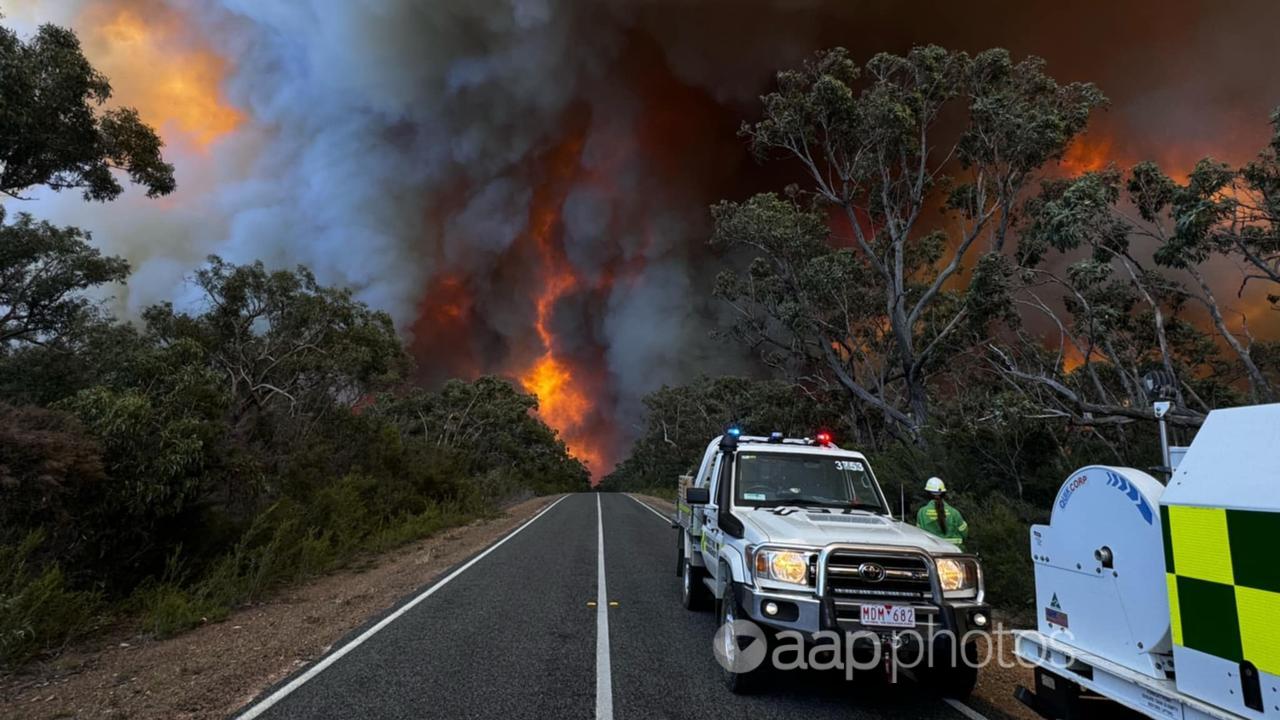
Northern Grampians Shire mayor Karen Hyslop said the council would work to get relief for businesses, pointing out many were also impacted by bushfires in February that wiped out a third of the town of Pomonal.
“There was COVID and then there was the fires in February and now this,” she said.
Four residential properties in Moyston and Mafeking were destroyed in the Grampian fires, along with 40 outbuildings in the area.
Some 13,538ha of farmland was burnt, 540km of fencing damaged and preliminary livestock losses tally at 775 sheep, one horse, one cow and 1285 beehives.
The impact to pastures was significant, said Victorian Farmers Federation president Brett Hosking.
“The farmers we met were still quite shell-shocked,” he said.
“It’s going to be two years or more to fully recovery, to get pastures fully established, fences completed, get infrastructure rebuilt.”
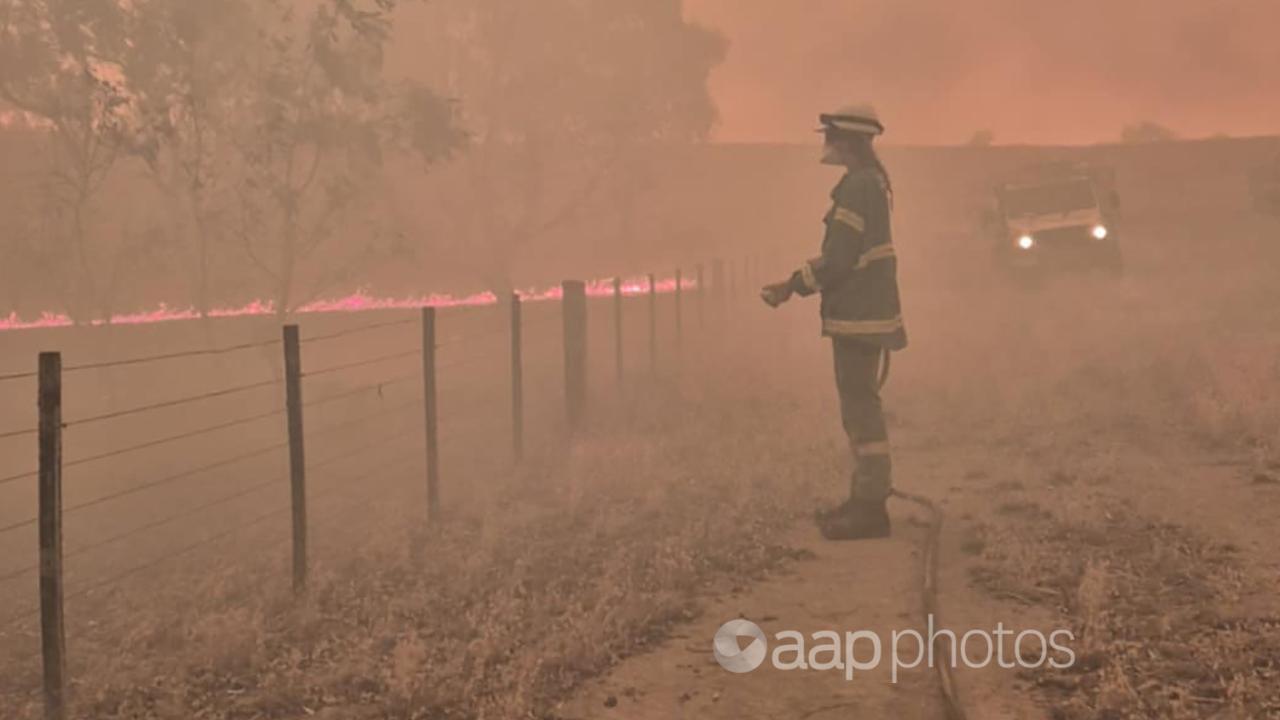
Beyond the immediate need for fencing to keep livestock off roads, Mr Hosking said providing fodder and livestock agistment were priorities for local farmers.
“Farmers right across Victoria, NSW, South Australia are very generously donating fodder and agistment to some of those impacted farmers,” he said.
“But the challenge of actually connecting the two … is still an expensive process so I think there’s a role for government to step in and provide some fodder subsidies.”


